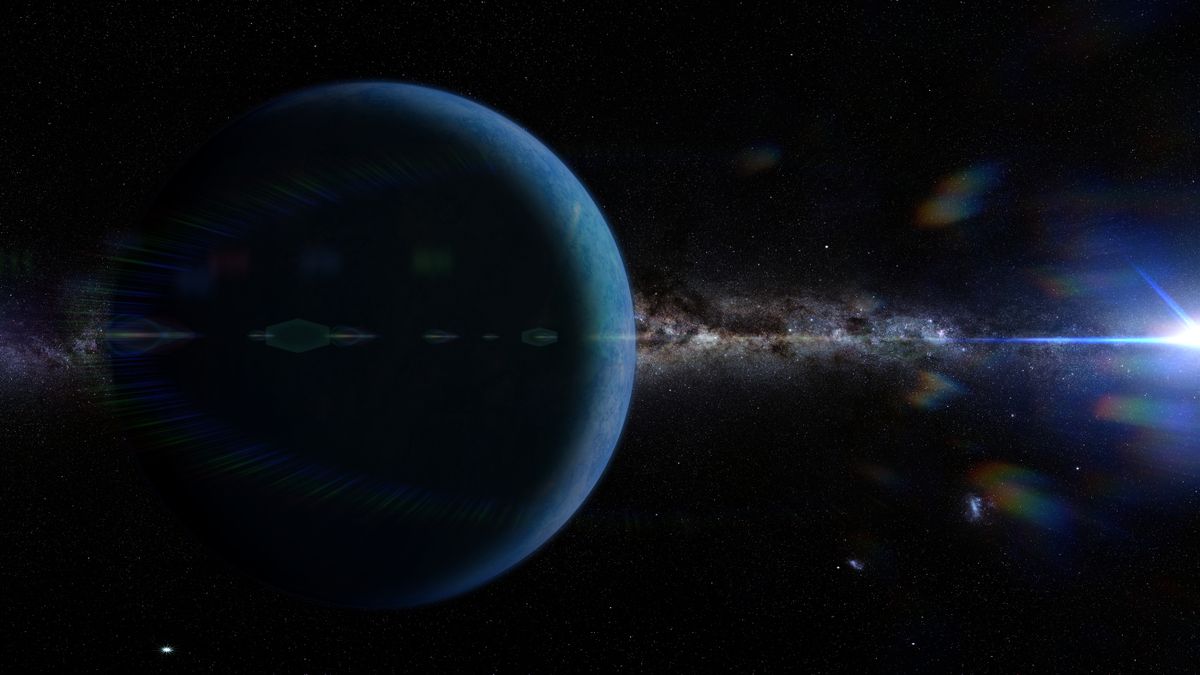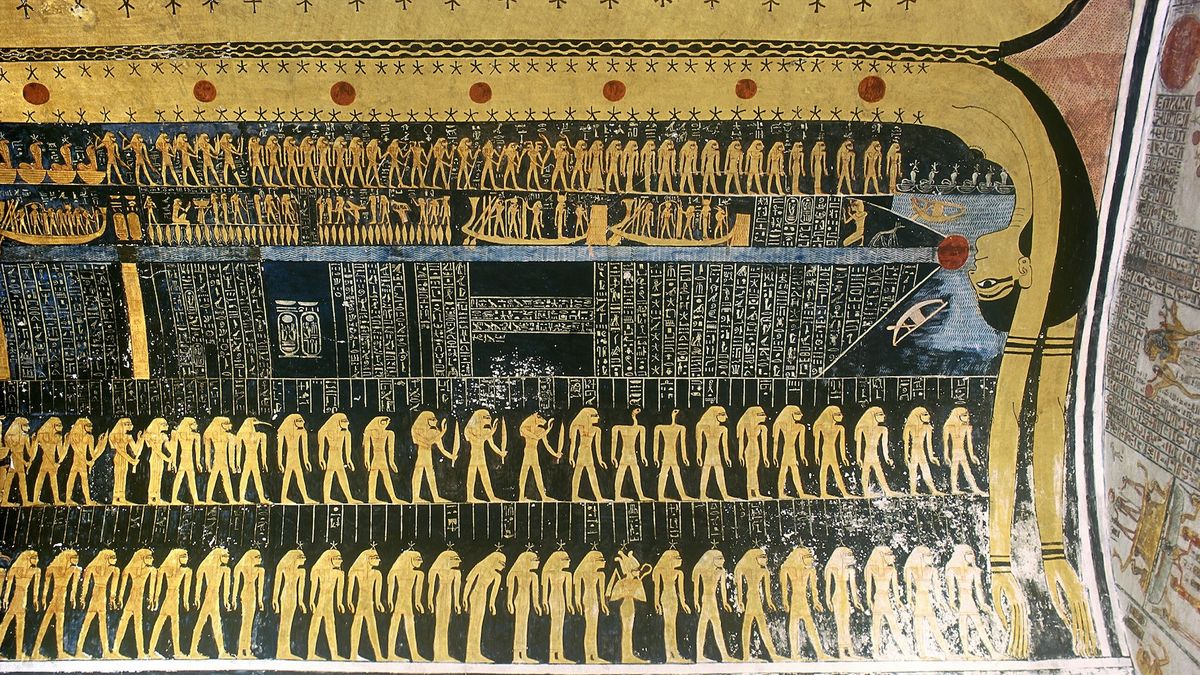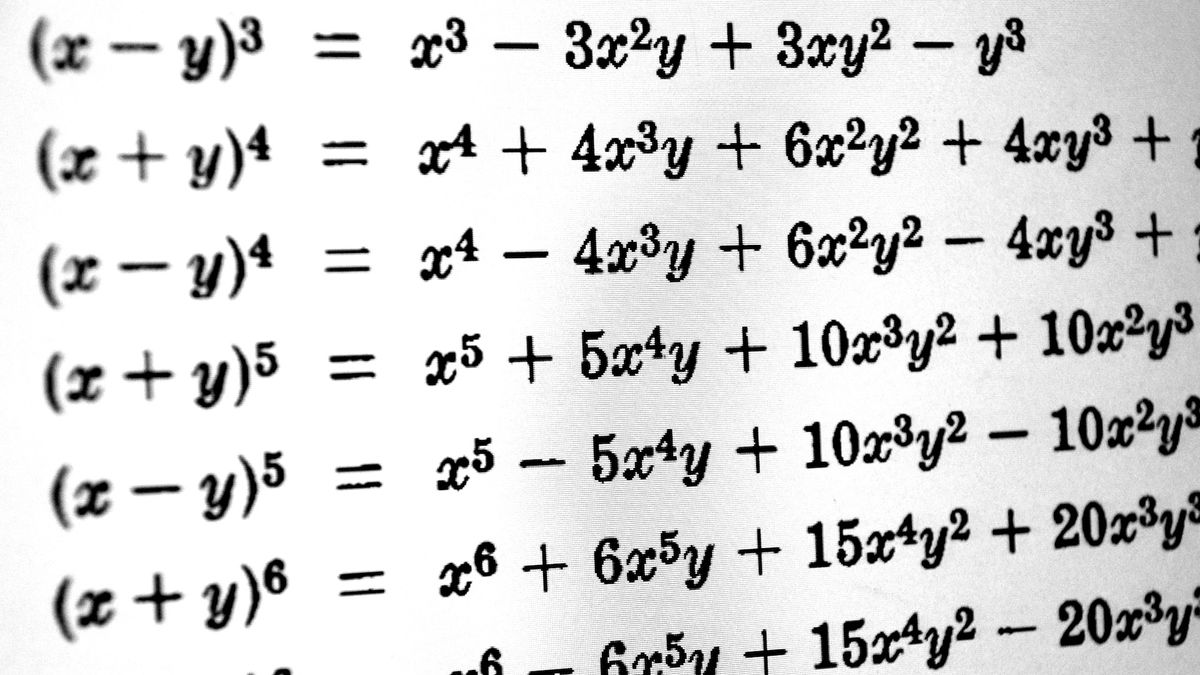Now Reading: Astronomers Spot Promising Candidate for Elusive Planet Nine
-
01
Astronomers Spot Promising Candidate for Elusive Planet Nine
Astronomers Spot Promising Candidate for Elusive Planet Nine

Fast Summary
- Astronomers may have identified the first “good” candidate for the long-theorized Planet Nine in our solar system, based on new analysis of old satellite data.
- The candidate appeared as a moving dot across infrared images from decommissioned satellites, specifically IRAS (1983) adn AKARI (2006-2011), consistent with a distant planet.
- Researchers emphasized follow-up observations are required to confirm its orbit and properties.
- Planet Nine’s existence has been hypothesized to explain irregular Kuiper Belt object orbits but remains highly debated due to conflicting evidence and lack of direct observation.
- Mike Brown, co-proposer of the original Planet Nine hypothesis, calculated that the candidate’s orbit tilt does not match predictions for Planet Nine, suggesting it is indeed likely unrelated or even disproving previous theories.
- The new Vera C.Rubin Observatory in Chile (operational late 2025) is expected to improve detection capabilities dramatically and possibly settle the debate.
Indian Opinion Analysis
The discovery of a potential ninth planet could mark a critically important growth in astronomy and deepen humanity’s understanding of our solar system. While skepticism remains regarding whether this candidate aligns with the original hypothesis about planet Nine’s role influencing Kuiper Belt objects’ orbits, scientific curiosity persists.India-an emerging space exploration leader-could leverage global discoveries to strengthen its research contributions such as those seen through ISRO missions. For example, further study into planetary formation theories might enrich India’s growing programs focused on deep-space observation.
India should note advancements like Chile’s Vera C. Rubin Observatory and consider how collaboration or investment in groundbreaking telescopic infrastructure could bolster domestic scientific outreach efforts while enhancing international standing within this field.
























